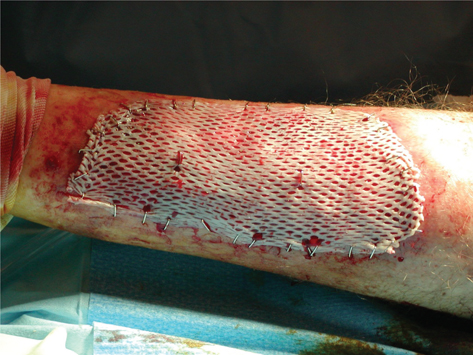
Skin grafting is a type of surgery that involves removing skin from an area of the body and transplanting it to a different area. The transplanted skin tissue is called a skin graft. This surgery may be done to treat burns, extensive wounding or trauma, and areas of extensive skin loss caused by infection, such as purpura fulminans and necrotizing fasciitis. Skin grafting may also be used in certain surgeries that may need skin grafts for healing to occur, such as removal of skin cancer.
How Much Does Skin Grafting Cost In South Africa
On MDsave, the cost of a Skin Substitute Graft or Harvesting ranges from R40440.20 to R88358.15. Those on high deductible health plans or without insurance can save when they buy their procedure upfront through MDsave.
How Long Should I Stay in South Africa for a Skin Grafting Procedure?
For split-thickness graft, you may need to stay in the hospital for a few days to ensure that the graft and the donor site are healing correctly. A full-thickness graft may require one to a two-week hospital stay. After you are discharged from the hospital, plan to stay in South Africa for at least 10 to 14 for more days scheduled follow-up checkups where your doctor change your dressing.
What’s the Recovery Time for Skin Grafting Procedures in South Africa?
The donor site generally takes anywhere from several days to a week to heal. You need to avoid doing any activities that could injure or stretch the graft site, including exercise, for at least three to four weeks. Your surgeon will give you a detailed recovery timeline and tell you when it is safe to resume your normal activities.
What sort of Aftercare is Required for Skin Grafting Procedures in South Africa?
Your surgeon will give you an instruction, which may include how to care for the dressing and area around it, medicines to take, and restrictions. If possible, try to elevate the wound while sitting or lying down to reduce swelling. You should also avoid hitting or bumping the area. In some cases, your surgeon may recommend physical therapy.
What’s the Success Rate of Skin Grafting Procedures in South Africa?
Skin grafting is highly successful, and the reason for your surgery determines the result. However, some skin grafts do not heal well, and you may need a second graft. Skin grafting also carries some risks, including allergic reaction to the anesthesia, problems with breathing, bleeding, infection, blood clots, infection, and loss of grafted skin, chronic pain, reduced or lost skin sensation, scarring, skin discoloration, increased sensitivity, and uneven skin surface.
Are there Alternatives to Skin Grafting Procedures in South Africa?
If you cannot or do not want to undergo skin grafting, the alternatives you can consider are:
- Letting the skin heal on its own – burn or wound may heal without a skin graft. However, if you have a deep burn or wound that needs full-thickness graft, scar tissue may form and prevent normal movement around the area.
- Bioengineered skin – skin grown in a lab, as well as skin from animals or cadavers can be used instead of your own skin. Depending on the brand, bioengineered skin may be created using different materials. Some may be made of tendons from cows and shark cartilage, while others are made of human cells and a silicone mesh-like material.
Negative pressure wound therapy – this type of treatment can help heal acute and chronic wounds, as well as severe first- and second-degree burns by applying a special dressing to the affected area and using negative atmospheric pressure.
